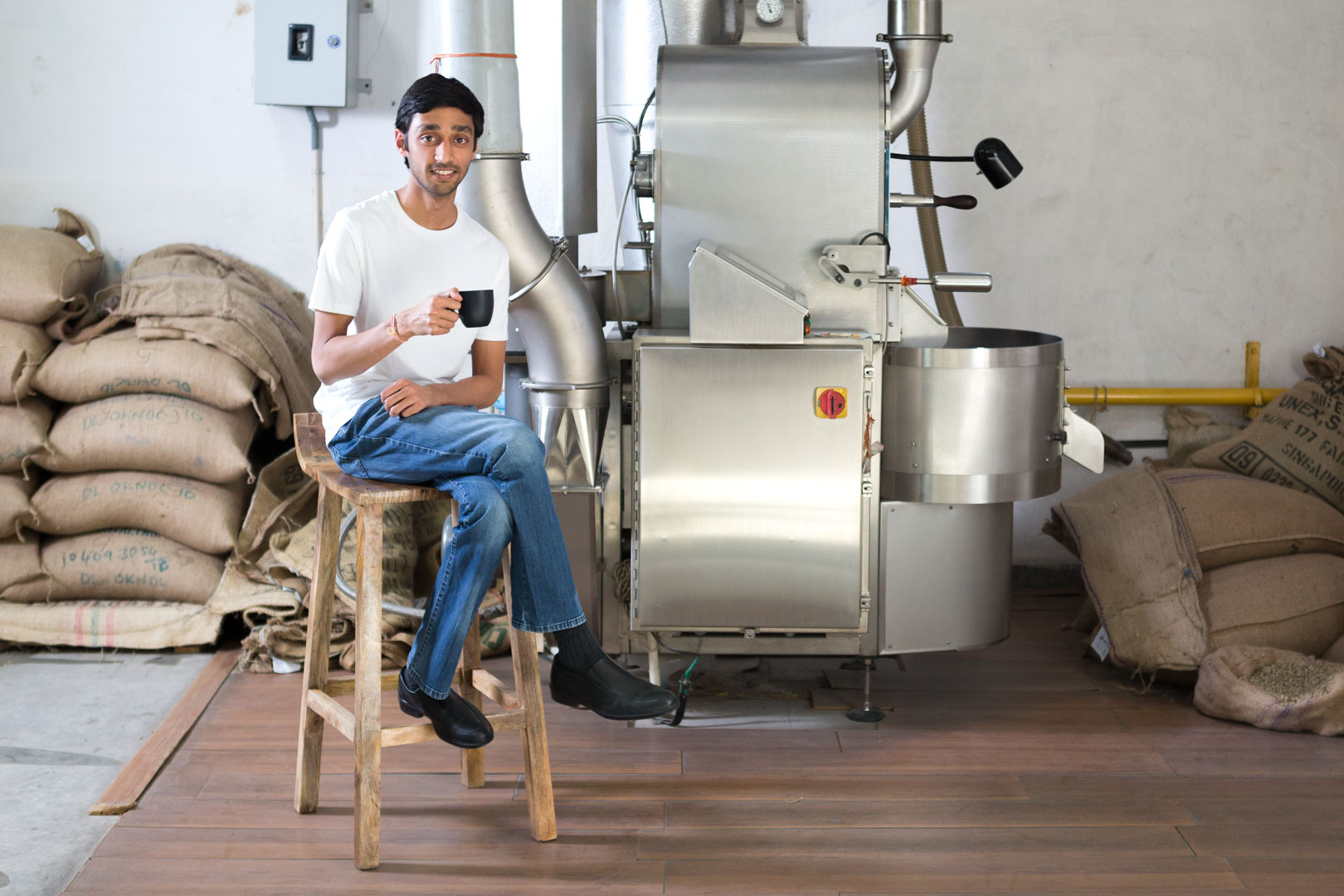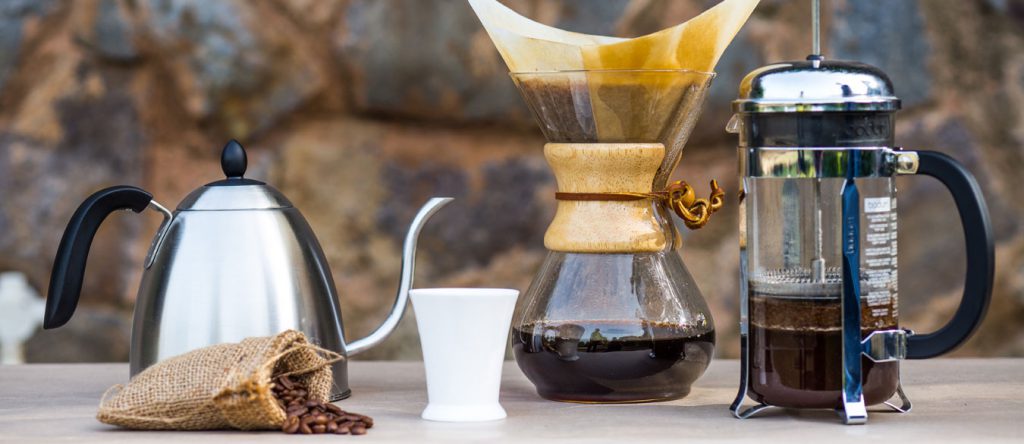
Let me start by busting two myths.
“India has traditionally been a tea drinking nation” – is a lie.
India has and for the foreseeable future will remain a milk drinking nation. We flavour our milk with tea, coffee, hot chocolate, cardamom, haldi, and more.
“India is one market”- is a bigger lie.
It is impossible to classify the Indian consumer as one. With varying regions and cultures, we are a complex market of multiple likes and dislikes.
Having clarified that, I will talk about Delhi and it’s most recent love affair with artisanal coffee. Coffee for Delhi (and a larger northern area) was introduced as ‘instant’. It was the only variant available, hence it was what everyone sipped. However, the introduction of cafes over the last 20 years gave birth to the culture of going out for a brewed cup of coffee, replacing the instant coffee culture; yet the domestic consumption continued to be dominated by instant coffee.
With India and the capital city seeing the advent of artisanal coffee roasteries in the last five years; this new, third wave of coffee culture is taking over the home market as well as the outdoor consumption market. The world was already moving in this direction and it was only a matter of time that it came to India. It was the right combination of availability of artisanal coffee (roasters), interest in selling it (cafes), and interest in purchasing it (consumers) that helped our country make acquaintance with this coffee movement. While it’s still in the nascent stage, it is definitely here to stay.
The pioneer brands in the space had no choice but to educate their clients on what they were selling, how it should be consumed, and how was it different. It’s nothing short of revolutionary. Imagine you’ve only had Tang your whole life and you’re told that fresh orange juice exists, or lactogen and milk. Only the year of introduction is way past adolescence, and hence much harder to adopt. People are not used to the idea of brewing or why it isn’t soluble, so education becomes an integral part of selling the product. When we (Kaffa Cerrado) started, I remember participating in an exhibition where people would come and order an espresso (it was also the cheapest item on our menu); on serving the beverage, we were confronted with a typical “where is the milk – you should mention what an espresso is.” Something we took for granted wasn’t information everyone knew – with that realisation we knew that we’re in for an interesting ride.

Image: kaffacerrado.com
There was definite hesitation in adoption as well, because it was neither convenient nor economical. There was an added headache of owning and learning to use a new equipment (Indians aren’t DIY friendly). Though the price of various manual brewing equipments starts at ₹2000, the fully automatic machines, that feed our obsession with milk, are north of ₹50,000 for the basic model.
“Coffee hai, itna kaun kharchega?” “It’s just a cup of coffee, this is too much effort for a cup”. And it’s completely justifiable – why should one spend so much more when they manage perfectly well drinking instant coffee without complicated equipment? However, there were few who knew or dared to try it and guess what – it did taste different, and different was good enough to pique their interest to experiment a little more.
I wouldn’t say artisanal coffee has replaced instant coffee or is becoming a staple, yet. While most people going out prefer to opt for an artisanal coffee when available, the said availability is very limited across the city. In other areas of the market, artisanal coffee isn’t even on the vocabulary yet. It’s a good sign for the industry when most places do not serve instant coffee anymore. This is just the first shift towards beans, before the quality of the bean becomes a topic of discussion.
Whilst there is always the question of price, everyone who has tried it is beginning to make the switch. There is a recognizable difference in taste and quality, and once you explore one variety, you’re more likely to experiment more. After brewing the first few cups, this growing tribe is looking for different and newer coffees. They travel and bring back their coffee supplies, and with more players in the industry, the movement is spreading. Also, with coffee giants like Starbucks stepping in, the overall education in coffee has definitely improved. And we do the artisanal bit to enhance that.
Over time, artisanal coffee will grow. Mark my words. There will be more penetration with technological innovation, new products, and access. These will all lead to wider acceptability and adoption. I think there will be a definite trend in replacing outdoor consumption with artisanal consumption and creating a whole new space of home experimental brewing. But will it ever replace instant coffee? Probably not.
Krittivas Dalmia is the co-founder of Kaffa Cerrado. When not brewing an excellent cuppa, he’s found keeping a room full of people in fits of laughter with his cutting anecdotes and observations. After graduating from NYU, Dalmia dabbled in the world of finance till he realised his raison d’être is to make India drink excellent coffee.
Disclaimer: The opinions expressed in this feature are those of the Guest Writer and do not necessarily reflect those of DSSC & its affiliates.

